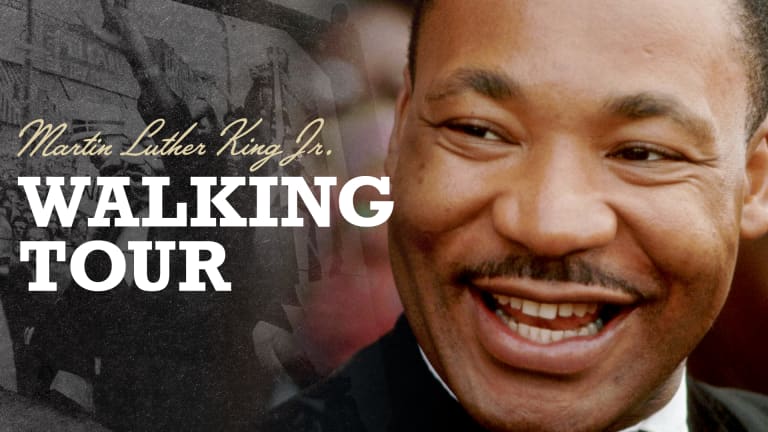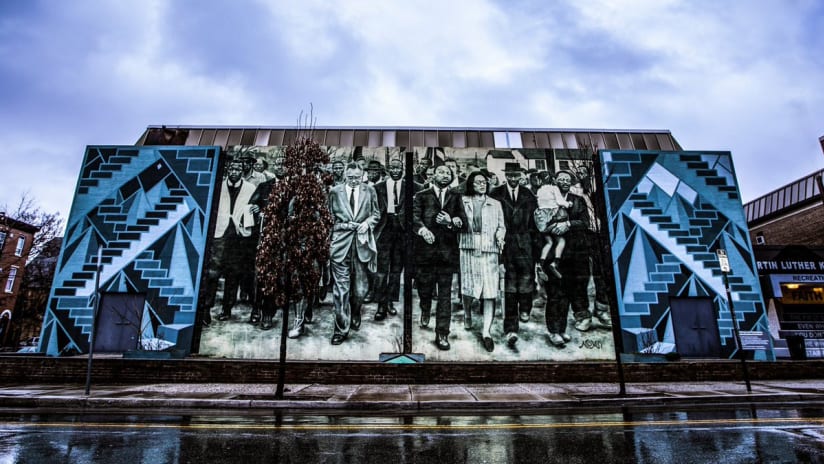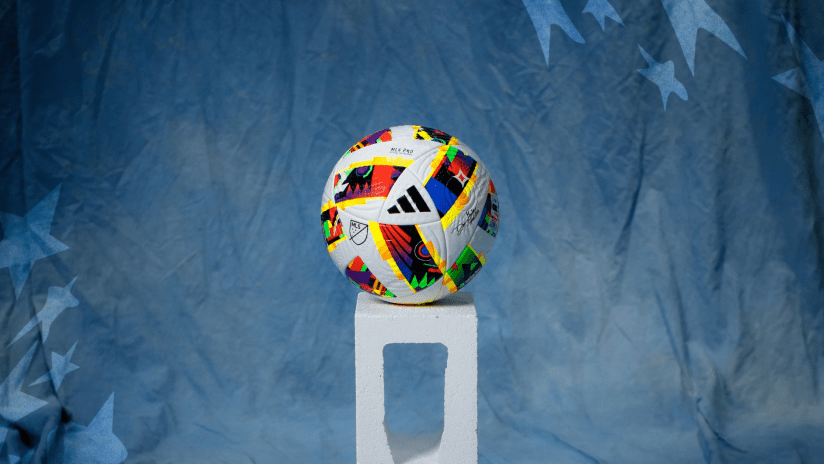With Martin Luther King Day on the horizon it is important for Philadelphians to understand the deep ties Dr. King has to the city and how crucial his time here was to his legacy.
King first came to the Philadelphia area from 1948 when he began attending the Crozer Theological Seminary in Chester. Upon his arrival he discovered he was one of only 11 black students at the seminary at the time which caused him to be self-conscious initially. He later thrived in the program, becoming class president in his third year and graduating with honors as the class valedictorian. During his time at Crozer King was first exposed to the idea of pacifism. Later after attending a sermon from Howard University president Mordecai Johnson, King learned about the teachings of Gandhi which helped to develop his ideology of non-violent protesting as a means of social reform.
When Martin Luther King Jr. was attending Crozer Theological Seminary he became very close to reverend J. Pius Barbour, the reverend at Calvary Baptist Church at the time. Barbour played an almost fatherlike figure to King during his studies and he often returned to the Church well after his time at Crozer. In fact, the church was one of his first stops after winning the Nobel Peace Prize in 1964. To date a little piece of history still stands in the church. When Rev. Bayard Taylor took over in 2000 he tells a story of how he sought to remove a mirror that was hanging in his office until he was told that Dr. King wondered aloud “Who am I?” while gazing into that mirror during his visit after winning the Nobel Peace Prize.

While attending Crozer he sought to broaden his learning beyond theology by auditing philosophy classes at the University of Pennsylvania. Officially King has three courses on his transcript from his time at Penn, however it is believed he likely took classes unofficially with William Fontaine. Fontaine, University of Pennsylvania’s first tenured black professor, became good friends with King and the two often had lunch together. King’s time at Penn was important as it provided him exposure to Northern professors who were less influenced by Christianity than those he learned from at Crozer.
753 Walnut Street in Camden may not be an address that jumps off the page to most however, this was a crucial setting for Martin Luther King’s legacy. It was at this Rowhome that Dr. King, along with one of his friends, first came up with the plan to sit in at Mary’s Place a bar in Maple Shade, New Jersey in 1950. This was the first sit in in New Jersey. Though it is not known for sure if he lived in the here at the time, it is well established that he spent time at the Rowhome during his time at Crozer Theological Seminary.
Though not exactly Philadelphia, Dr. King’s ties to Lincoln University are noteworthy. On June 6, 1961 Martin Luther King received an honorary Doctorate of Law from the University. He also provided the commencement speech for the graduating class, a speech entitled “The American Dream.” King is renowned for his “I have a dream” speech, however this lesser-known speech provided crucial food for thought at the time about America as a dream yet unfulfilled. His commencement speech likely led to his infamous “I have a dream” speech he delivered in 1963.
Martin Luther King held a strong presence in North Philadelphia over the years including his ties to the Bright Hope Baptist Church. On October 27, 1963 King came and spoke at the ground breaking ceremony for the new $1.2 million church. Prior to the new church King had actually preached at the old church four years before.
1965 proved to be an influential year for Martin Luther King in Philadelphia making two separate visits to the city. First, on January 20, 1965, at the peak of the Selma movement, Martin Luther King visited and delivered a speech to roughly 4,000 students at Villanova University. The impact of King’s presence and his influence on the Civil Rights movement are recognized every year with annual events in his honor. Each year Villanova hosts a Dr. Martin Luther King, Jr. Keynote address as well as their annual Martin Luther King, Jr. Lecture. Both events serve as an opportunity to remember King’s legacy and continue striving towards the yet unfinished American dream.
In August of 1965 Martin Luther King returned to the city as a part of his tour of Northern cities supporting the Civil Rights movement. He began his two-day city tour with back-to-back speeches at the Baptist Temple, now the Temple Performing Arts Center, and Girard College. At the Baptist Temple he spoke on the housing issues that incurred as a result of segregation. His speech later at Girard focused on the desegregation of Girard college in the wake of the months long protests sparked by activist Cecil B. Moore. King attended a large rally, lending his voice and helping champion the cause. After three years of legal battles the US Supreme Court ruled to strike down the “whites-only rule” and Girard College admitted four black men who began school on September 11, 1968. On the same tour King also delivered a speech at the intersection of 40th and Lancaster. The speech drew an estimated 10,000 Philadelphians to the area to hear King speak of the need for “freedom now.” Today his “Freedom now” speech is commemorated with a mural called “MLK at Lancaster” by artist Cliff Eubanks. One last stop on King’s August 1965 visit saw him deliver a speech at the corner of 13th Street and Fitzwater Street. The speech was a rally cry for allies to march on Washington with him, exclaiming “If you can’t run, walk. If you can’t walk, crawl, but make it your business to be part of the March on Washington.” Today that area is known as the Martin Luther King Plaza and it is marked with a commemorative plaque, unveiled on the 44th anniversary of King’s assassination.
Three years after the Civil Rights Act had passed Martin Luther King gave what would be his final riveting speech in Philadelphia, however this time to a group of junior high students. On October 26, 1967 Dr. King delivered a speech entitled “What is Your Life’s Blueprint?” to the students at Barratt Junior High School in South Philadelphia. The speech compared how an architect creates a blueprint before a construction begins on a project, and how it is important for young men and women to create their own life blueprint to determine who they will become.
Martin Luther King Jr. left behind a powerful legacy that Philadelphians can be proud to say their city helped in no small way to shape. His is a legacy that is important for everyone to try to continue in an effort to achieve the not yet achieved American dream that King spoke of.













